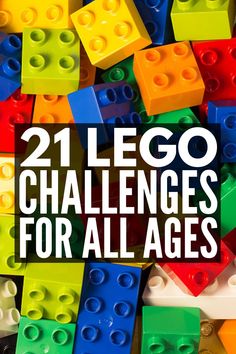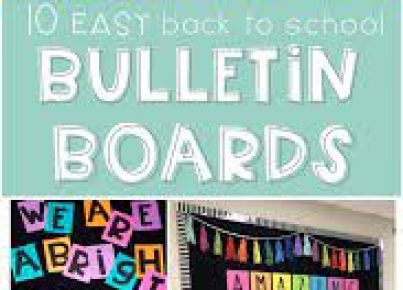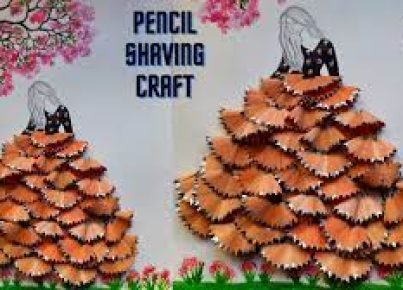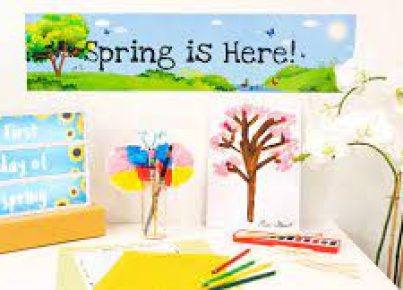LEGO® bricks are not just for play; they can be a powerful educational tool in the classroom, aiding learning across various subjects. Here are nine innovative ideas for infusing random LEGO® bricks into your teaching:
1.Math Manipulatives: Use LEGO® bricks for hands-on math lessons. Each brick’s studs can represent a number, helping to illustrate addition, subtraction, multiplication, and division. Students can also explore fractions by comparing different sized blocks.
2.Story Starters: Have students draw a few random LEGO® bricks from a bag and construct something. They then create a story or describe a scene that includes their creation. This exercise stimulates creativity and builds narrative skills.
3.Science Structures: Whether studying molecular structures in chemistry or constructing simple machines in physics, LEGO® bricks offer a three-dimensional way to model scientific concepts.
4.History Reconstructed: Task students with building historical landmarks or scenes from different historical periods using random LEGO® pieces. This kinesthetic activity helps solidify historical knowledge.
5.Artistic Mosaics: Create art projects where students use the colors and shapes of LEGO® bricks to build mosaics or interpret famous artworks, enhancing discussions about color theory and artistic techniques.
6.Language Learning: Integrate LEGO® bricks into language learning by creating visual aids that connect words with structures or scenes made out of the bricks, augmenting vocabulary acquisition especially for visual learners.
7.Engineering Challenges: Pose engineering problems for students to solve using only random LEGO® pieces. These can range from building the strongest bridge to creating a functional gear system – promoting problem-solving skills and engineering thinking.
8.Music Rhythm Counters: Use the studs on the bricks to represent musical notes or beats. It’s a playful way to teach rhythm patterns and can be especially useful for visual learners in music education.
9.Environment Ecology: Teach about sorting and recycling by having students categorize random LEGO® pieces based on their color, shape, or size – making analogies to real-world ecology and waste management practices.
Incorporating these activities not only makes learning more engaging but also fosters critical thinking, teamwork, fine motor skills development, and spatial awareness among students of all ages. With a pinch of creativity, even random piles of LEGO® bricks can transform into valuable educational tools!





